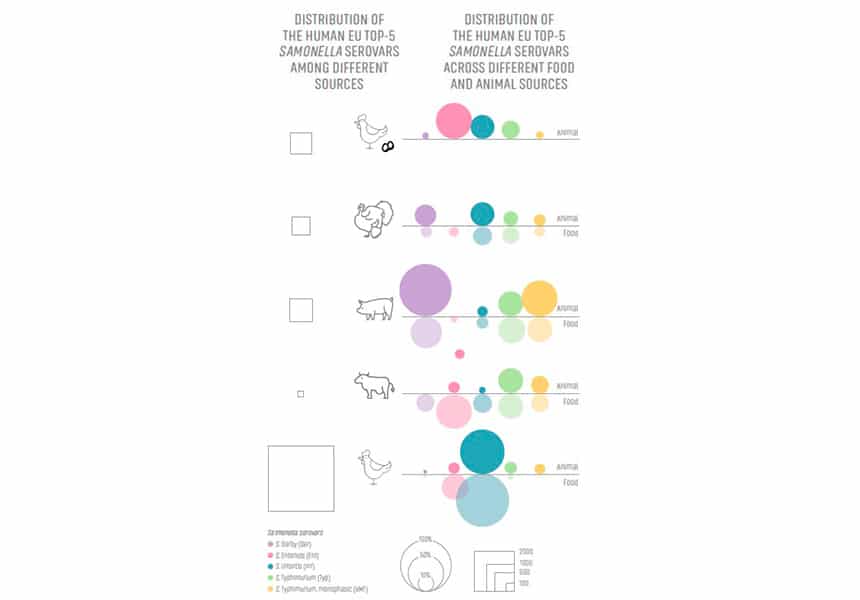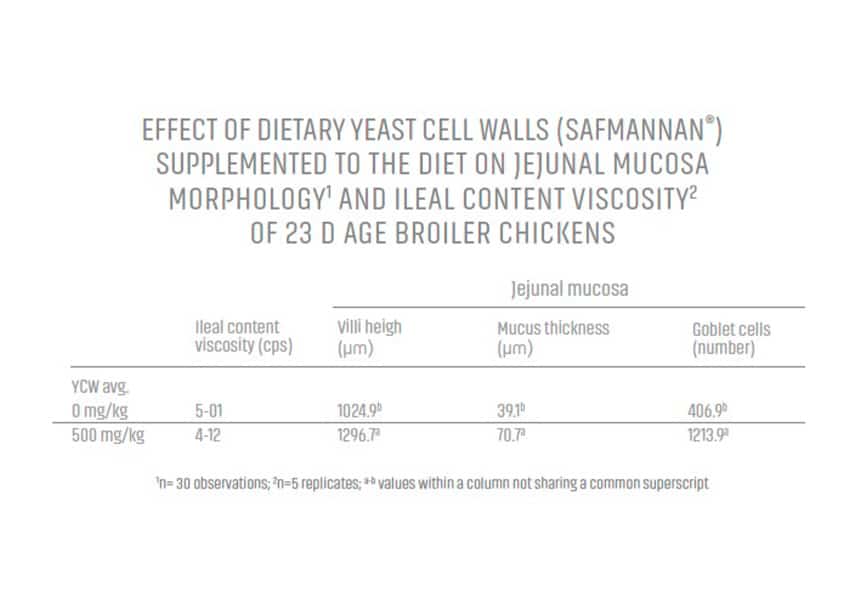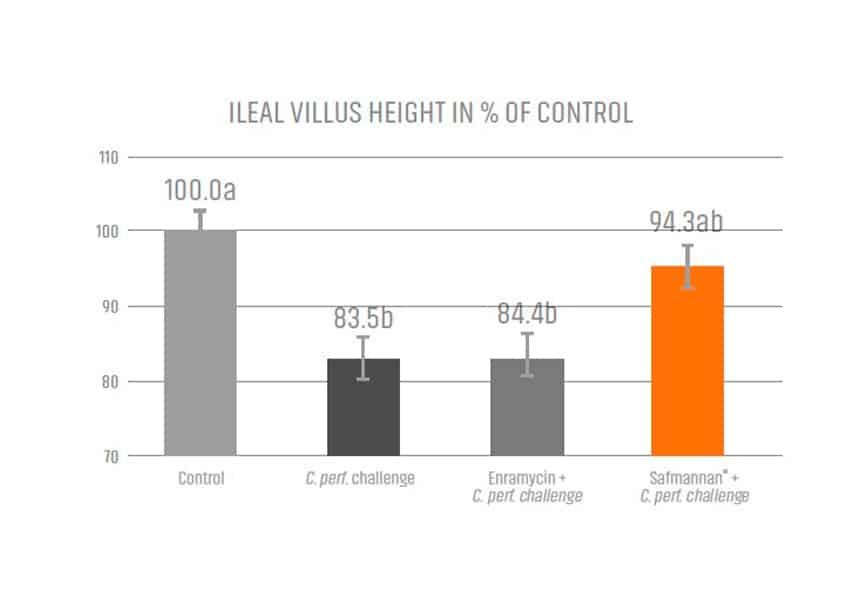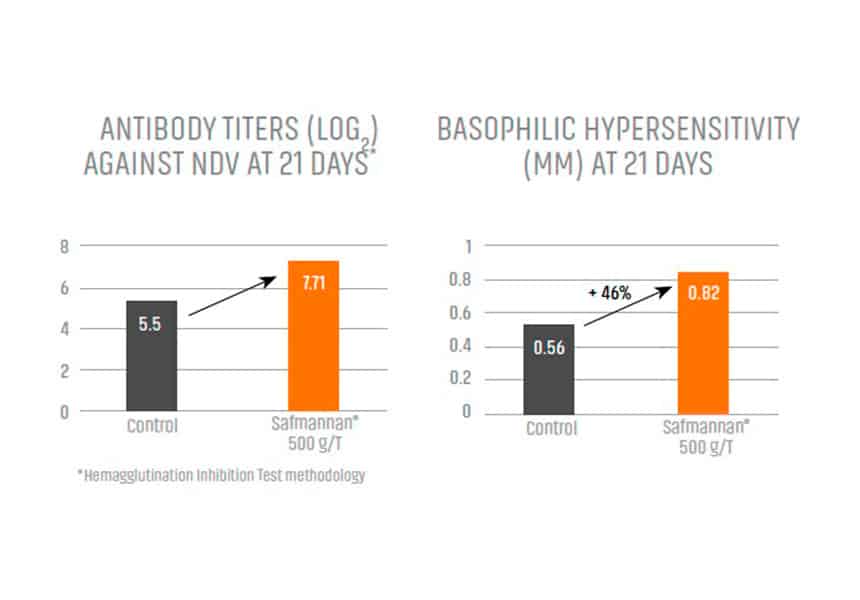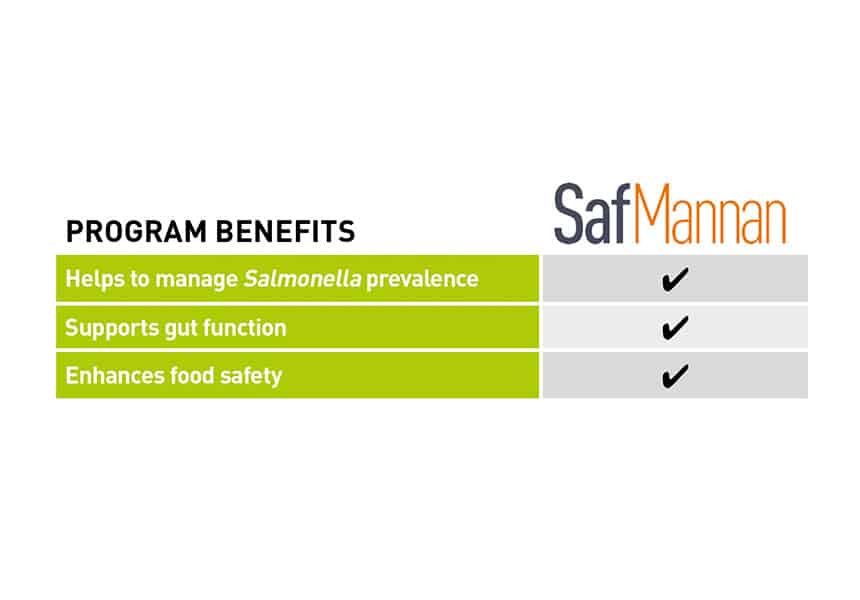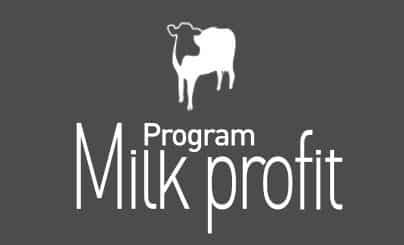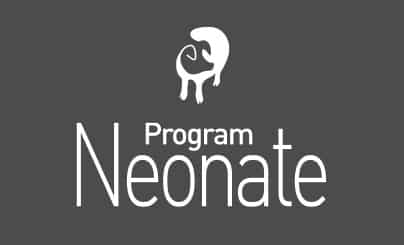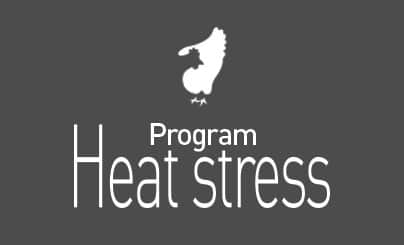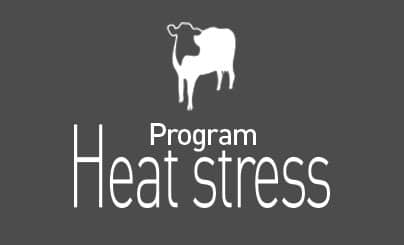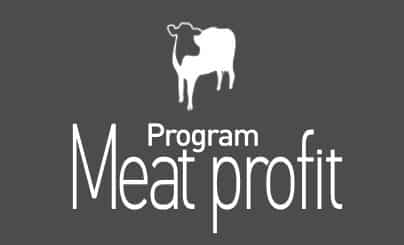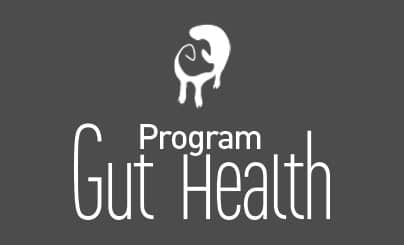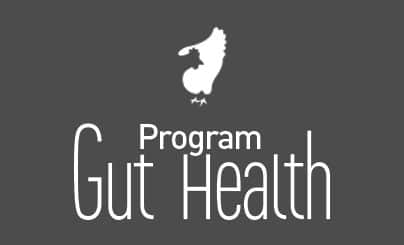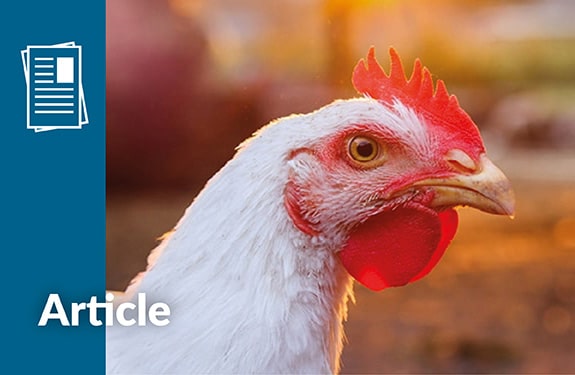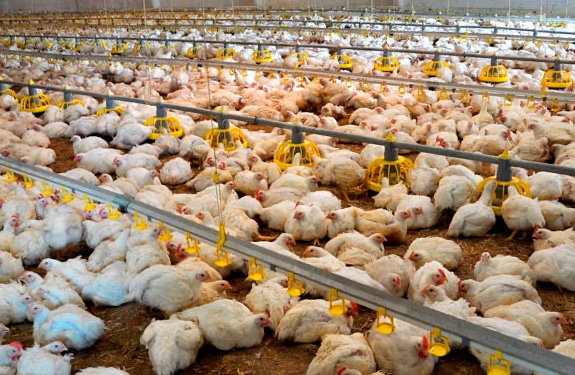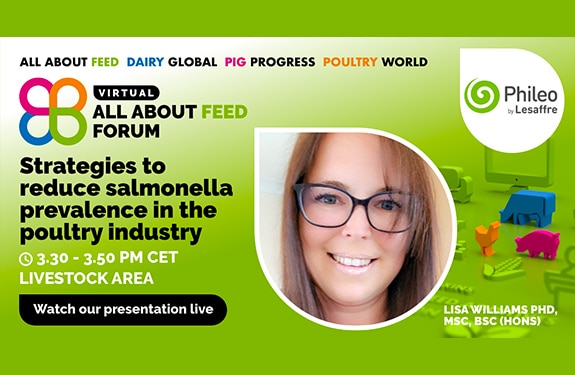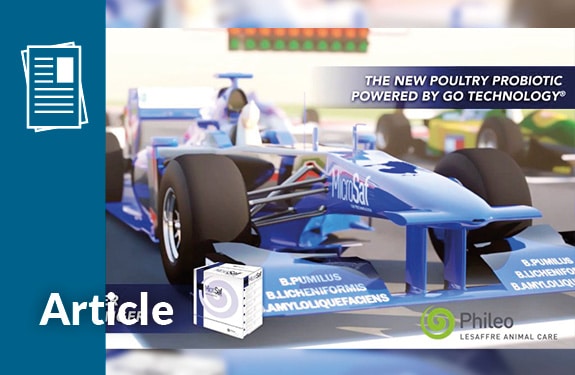Program Salmo Control
Salmonella is responsible for over 91,000 foodborne illnesses in Europe and approximately 1 million in the U.S.A. every year. Salmonellosis is the second most reported gastrointestinal infection caused by a foodborne pathogen after campylobacteriosis. The highest levels of Salmonella-positive samples come from poultry. Since feed safety is linked to animal health and therefore to food safety, new strategies have been developed to respond to increasing consumer demands for safety and sustainability.
A recent EFSA report on Zoonoses reveals that S. Enteritidis, S. Infantis and S. Typhimurium are the 3 most common human disease serovars in poultry products in Europe. Different serovars, such as S. Heidelberg, S. Kentucky, and S. Minnesota might also cause sickness elsewhere in the world.

Salmonella infections persist in farms
• Salmonella is part of the normal intestinal flora of many animals and can survive in faeces for more than 9 days.
• It may contaminate a large variety of food products, including meat, eggs, vegetables, and fruit, etc.
• Contamination can occur at any point in the livestock food production chain, from the hen house to the consumer’s chopping board.
• Food safety control programs to reduce contamination might take years to implement.
Research trials conducted on breeders, egg-laying hens, and broilers, have demonstrated that Safmannan®, a selected yeast postbiotic, is an effective nutritional intervention. In addition to its main impact on the welfare and performance of birds, Safmannan® may help to mitigate the vertical and horizontal contamination on the farm, contributing to lower Salmonella prevalence or enumeration in carcasses.
Safmannan®, an innovation for modern bird management
Harmful bacteria, such as Clostridium perfringens, may inhibit nutrient absorption in birds’ intestines by producing toxic metabolites that irritate the gut mucosa. A study involving a C. perfringens challenge demonstrated that Safmannan® at 500 ppm maintained gut integrity better than treatment with a growth-promoting antibiotic (enramycin). When morphometric measurements were carried out on intestinal epithelium samples from growing birds (day 16), it was found that those which had received Safmannan® had an improved villus height, to a level similar to that of unchallenged birds (control). The conclusion is that increases in the absorptive surface of the intestines lead to superior gut health.
Enhancing immune response
Immune response in broilers has been evaluated in several experiments featuring Safmannan®. One study, conducted on 420 broilers per treatment group, revealed that birds supplemented with Safmannan® showed increased blood NDV antibody titers in chicks that have undergone simultaneous vaccination with attenuated live and inactive Newcastle disease virus (NDV), compared to control chicks.
Conclusion
Dietary supplementation of birds with Safmannan® may help to lower the prevalence and enumeration of both typhoid and paratyphoid Salmonella, and the serovars most commonly associated with human foodborne illnesses, such as S. Enteritidis and S. Typhimurium.
The multifactorial benefits of Safmannan® in ensuring animal welfare and the safety of food on your plate, contributes to global sustainability. This is a ‘must-pay-attention’ factor for all food producers around the world right now.
Strategies to reduce Salmonella
prevalence in the poultry industry
Download
your whitebook











